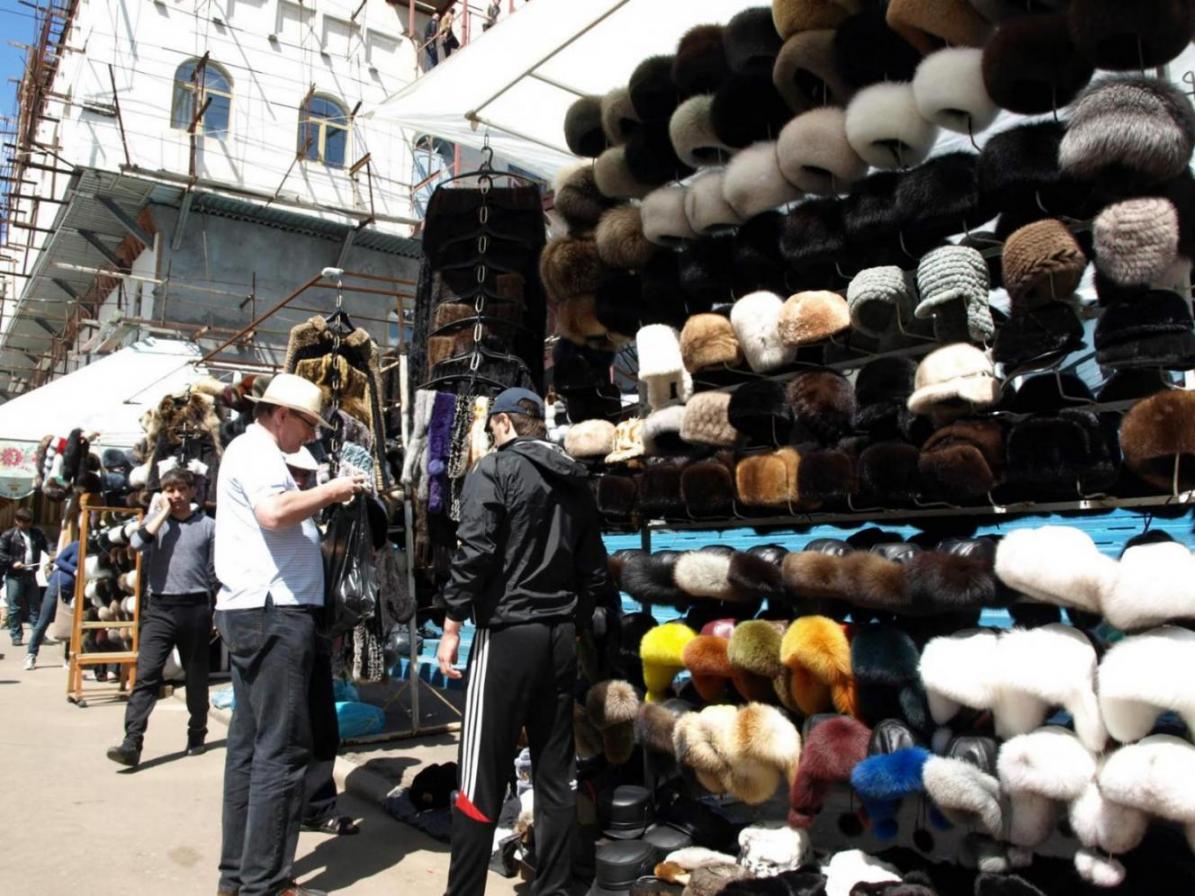Vladimir Putin is facing a problem few could have anticipated: The ruble is becoming too strong.
Last year’s worst-performing major currency is this year’s best and while that’s buoying the nation’s bonds, driving yields to the lowest in four months, it’s also crimping Russia’s export revenue. Even though oil is little changed in dollars this year, the price when converted to rubles has plunged to the lowest since 2011, Bloomberg reported.
The currency rout in 2014 helped Russia to keep its budget deficit within 1 percent of gross domestic product as the ruble weakened in lockstep with a 50 percent slump in oil. Now, with the cease-fire in Ukraine and the allure of higher-yielding assets attracting investors to ruble debt, the government is seeing the opposite effect.
“The current ruble level is already uncomfortable for the budget considering the oil price in rubles is already low,” Vladimir Bragin, head of research at Alfa Capital in Moscow, said by phone on Thursday. “In order to reach macroeconomic stability, Russia needs to limit its budget deficit and a weaker ruble is an easy way to do that.”
The ruble’s 12 percent gain this month is making it easier for central bank Governor Elvira Nabiullina to push ahead with rate cuts this year after she hoisted the benchmark to 17 percent in December to stem the currency’s slide. Nabiullina lowered the rate by 3 percentage points so far in 2015.
Curbing Bets
Policy makers may also continue increasing the rate they charge at their dollar repurchase auctions in a bid to make it more expensive to bet on ruble assets, according to Renaissance Capital and Bank of America Corp.
While Alfa’s Bragin said the central bank could start buying foreign currency to slow the ruble’s gains, Liza Ermolenko, an economist at London-based Capital Economics Ltd., disagreed.
Any steps by the Bank of Russia to boost the budget by influencing the exchange rate would undermine its independence after Nabiullina moved to a free-floating currency last year, causing “much bigger problems in the future,” she said by e-mail on April 7.
The ruble carry trade handed investors a 22 percent return so far this year, the most in the world and more than six times the rate for India’s rupee, the second-best performer, according to data compiled by Bloomberg. Gains in local-currency bonds cut government borrowing costs on five-year debt by 3.86 percentage points, the biggest drop among emerging markets, data compiled by Bloomberg show.
Debt Fundraising
That’s enabled the Finance Ministry to almost triple its debt fundraising this year to 126 billion rubles ($2.4 billion), a source of revenue that may help offset the impact of the stronger ruble.
“The government is betting on placing OFZs amid an optimistic market,” PAO Rosbank analyst Evgeny Koshelev in Moscow said by e-mail on Thursday. The Finance Ministry may exceed its 1 trillion ruble OFZ target for the year as it tries to plug the budget deficit, he said.
The ruble strengthened 2.9 percent to 52.1360 against the dollar at 7:35 p.m. in Moscow on Thursday. The ruble has climbed 16 percent this year, following a 46 percent slide in 2014. Brent crude was at $57.16 a barrel on Thursday.
An oil price of $56 should imply a ruble exchange rate of 60 versus the dollar and the current strengthening is “somewhat overdone,” posing a threat to Russia’s economic adjustment, Morgan Stanley said in an e-mailed note dated April 9.
“A stronger ruble erodes the economic benefits” from the devaluation, Alfa’s Bragin said. “And that complicates control over the budget deficit.”


